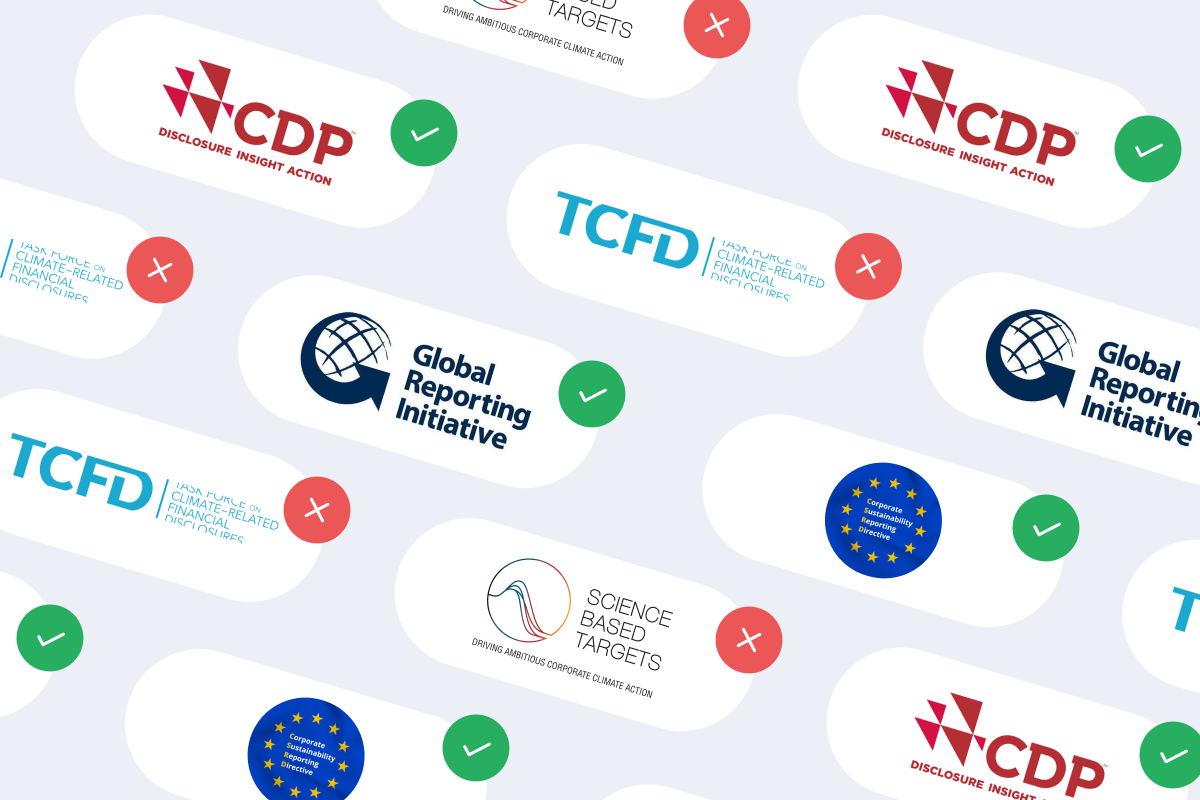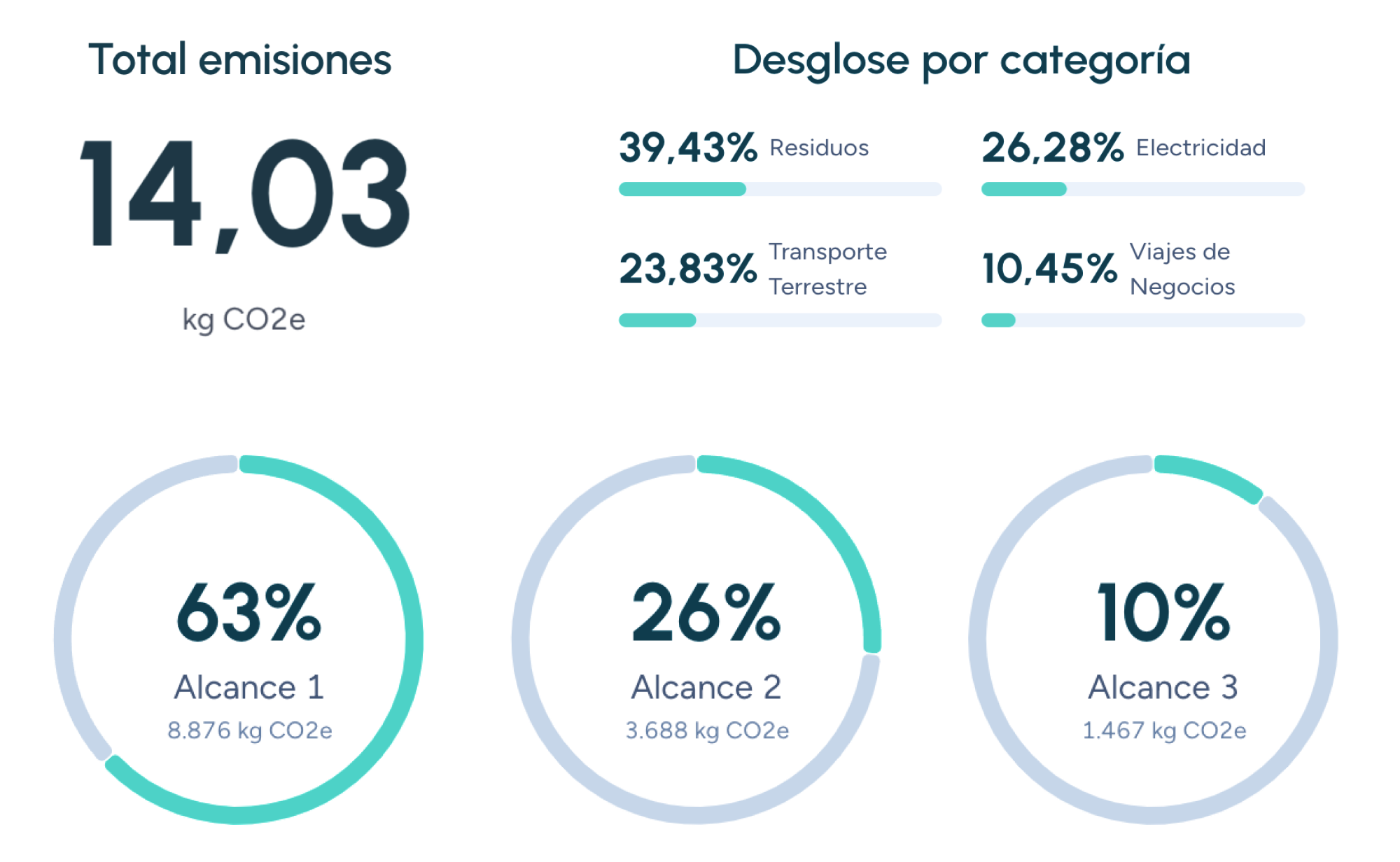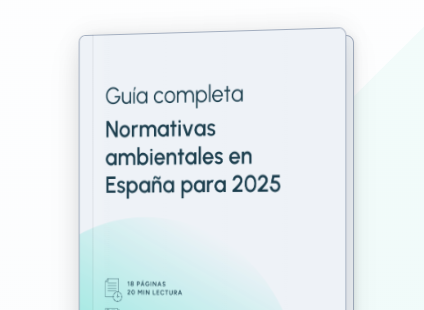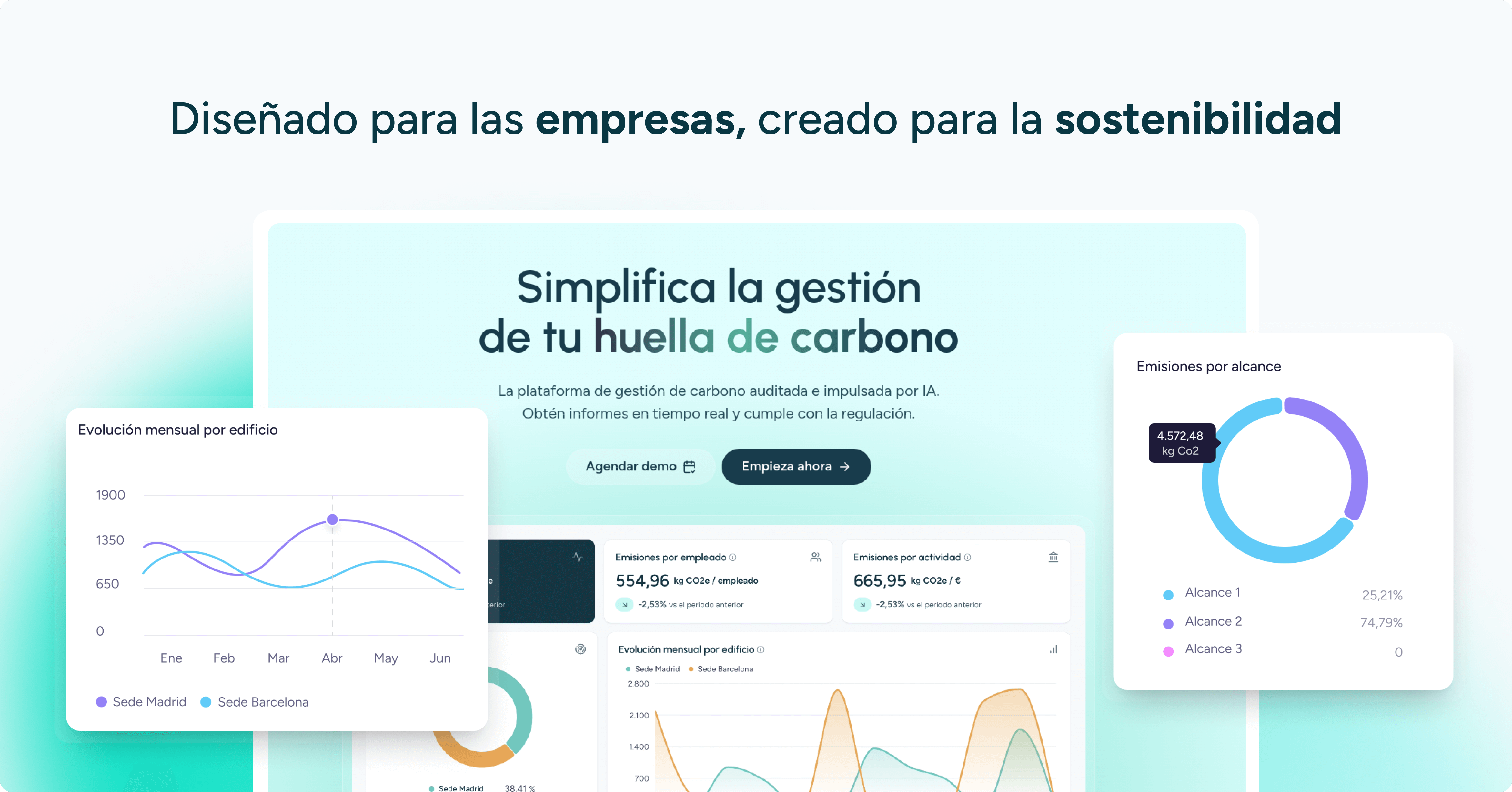Waste management is no longer just an operational issue—it has become a key indicator of environmental performance and a mandatory component of corporate reporting under new European regulations.
In a context where the Corporate Sustainability Reporting Directive (CSRD) and the EU Taxonomy demand transparency in material and waste treatment, having dedicated software to calculate and report your waste footprint is now essential.
These tools enable organizations to quantify, classify, and communicate their waste according to consistent and verifiable criteria, in line with standards such as ISO 14040, ISO 14044, and Life Cycle Assessment (LCA) frameworks.
In this article, we review the best software currently available on the market and explain how to choose the most suitable solution to integrate waste footprint management into your sustainability strategy.
What is the Waste Footprint and why should it be measured?
The waste footprint represents the total volume of waste generated by an organization, distinguishing its source, composition, and final destination. This indicator goes beyond measuring tons—it assesses the environmental impact and efficiency of waste management processes, from generation to recovery or disposal.
Measuring the waste footprint is essential for three main reasons:
- Regulatory compliance: The CSRD and the EU Taxonomy require companies to report the quantity of waste generated, its hazardousness, and the percentage directed to recycling, recovery, or landfill.
- Operational optimization: It helps identify processes that produce the largest waste volumes and design reduction and reuse strategies.
- Transparency and reputation: Communicating reliable, auditable data strengthens credibility with investors, clients, and regulators.
Measuring the waste footprint not only improves traceability but also drives the transition toward circular business models.
To understand how this measurement integrates with broader sustainability methodologies, see our article on Life Cycle Assessment (LCA).
What criteria should you use to choose Waste Footprint management software?
Selecting the right software determines the quality and reliability of your analysis and reporting. The most advanced tools share six essential characteristics:
- Methodological rigor: They should be based on international standards such as ISO 14040 and ISO 14044, ensuring full traceability of material and waste flows throughout the life cycle.
- ESG reporting integration: Data must be exportable in formats compatible with CSRD, GRI 306 (Waste), or circular economy indicators.
- Classification and traceability: The software should categorize waste by type (hazardous/non-hazardous), treatment (reuse, recycling, energy recovery, or landfill), and location.
- Usability and automation: The interface should allow automatic data imports from ERP systems, Excel sheets, or IoT sensors, minimizing human error.
- Scalability: It must adapt to both single-site operations and multinational organizations with multiple production facilities.
- Visual and verifiable reporting: Results should be displayed through clear, comparable dashboards ready for auditing.
What is the best software for analyzing and reporting the Waste Footprint?
Choosing the right software for analyzing and reporting your waste footprint is key to ensuring reliable, comparable, and auditable data. It’s not only about regulatory compliance—it’s about using a tool that enhances traceability, automates data collection, and simplifies ESG reporting.
In this section, we compare the leading solutions on the market—with Manglai leading the way—and explain the unique advantages each offers depending on your organization’s needs.
1. Manglai: Integrated reporting and full traceability
Manglai is transforming environmental reporting in Spain by offering an all-in-one platform that combines waste footprint, carbon footprint, and water footprint within a single digital environment.

Key advantages:
- Methodology aligned with ISO 14040 and 14044: Enables analysis of waste flows within the context of the corporate life cycle.
- Multi-site management: Collects and standardizes data from different plants or branches.
- Advanced visualization: Interactive dashboards display trends by waste type, treatment method, or supplier.
- Integration with CSRD and GRI 306 reporting: Exports results directly in compatible formats for audits or ESG reports.
- Document traceability: Allows attachment of certified waste manager contracts and movement records, reducing compliance risks.

Additionally, Manglai simplifies the communication of results through automated, verifiable reports—reducing administrative workload and preventing common spreadsheet errors.
In short, it’s the ideal solution for companies seeking a robust, scalable, and transparent reporting system without relying on external tools or custom developments.
2. SimaPro: Analytical power and technical depth
Developed by PRé Sustainability, SimaPro is one of the most advanced solutions for Life Cycle Assessment (LCA) and waste quantification.
Its strength lies in its ability to model complex flows and connect production, transport, and end-of-life data.
Advantages:
- Broad compatibility with databases such as Ecoinvent and Industry Data.
- Accurate, exportable calculations for advanced sustainability studies.
Considerations:
- Highly technical interface with a steep learning curve.
- Ideal for consultancies or companies with in-house LCA analysts.
3. GaBi Circular Suite: Advanced analysis for large organizations
GaBi, developed by Sphera, includes specific modules for waste analysis within its corporate sustainability suite.
Its focus is on industrial companies that require exhaustive control of material inputs and outputs.
Advantages:
- Enables simulation of recycling and recovery scenarios.
- Integrates with risk management and compliance tools.
Considerations:
- High licensing costs and the need for specialized training.
4. One Click LCA: Ideal for construction and manufacturing sectors
One Click LCA allows the calculation of waste impacts associated with construction materials and industrial processes, following EN 15804 and PEF standards.
Advantages:
- Automatic templates for Environmental Product Declarations (EPD).
- Results compatible with circularity and waste management metrics.
Considerations:
- Sector-specific approach; less versatile for service or retail companies.
5. CircularIQ: Focus on circularity and supply chain
CircularIQ is a tool focused on assessing corporate circularity and supplier-level waste footprints.
Advantages:
- Audits waste data generated by partners and contractors.
- Visualizes circular performance across every stage of the supply chain.
Considerations:
- Requires active supplier collaboration to obtain complete data.
6. Ecochain: Practical and collaborative measurement
Ecochain simplifies waste and emissions measurement for small and medium-sized industrial companies.
Advantages:
- Intuitive interface with dashboards by plant or product.
- Results exportable to ESG reports.
Considerations:
- Data coverage may vary depending on the sector.
7. openLCA: Technical and open-source option
openLCA offers a free, flexible approach for conducting environmental analyses, including waste footprint assessments.
Advantages:
- Open-source software adaptable to various projects.
- Compatible with EU waste databases.
Considerations:
- Requires technical expertise and manual configuration.
How to start measuring and reporting the Waste Footprint
Measuring and reporting the waste footprint doesn’t have to be a complex process.
With a structured methodology and the right tool, any company can gain a clear view of its waste flows and environmental impact.
The goal is not only to comply with regulations but to integrate this information into the corporate sustainability strategy, improve operational efficiency, and move toward more circular models.
Here are the essential steps to implement a reliable measurement and reporting system aligned with international standards and the CSRD:
- Define the scope: Determine whether you will analyze all facilities or only key operational areas.
- Classify the waste: Identify categories based on hazardousness, origin, and treatment type.
- Collect generation and destination data: Integrate internal records, authorized manager data, and recovery certificates.
- Calculate indicators: The software should convert data into standardized metrics (kg/waste, % recycled, recovery ratio).
- Analyze trends and set targets: Evaluate temporal evolution and define reduction or circularity goals.
- Report and communicate results: Generate auditable reports aligned with CSRD or GRI standards.
With Manglai, these steps are simplified through guided workflows and automated dashboards that unify information from all sites, facilitating both decision-making and external verification.
Digitizing Waste Management: A key step toward the circular economy
Accurately measuring the waste footprint is an essential part of corporate environmental performance.
It’s not only about compliance but about transforming the company’s relationship with materials and resources.
Using specialized software ensures traceable data, auditable reports, and evidence-based decision-making.
Manglai stands out as the most comprehensive solution for companies seeking to integrate waste management into their ESG strategy—combining technical rigor, automation, and a life-cycle perspective.
If your organization aims to move toward more circular and transparent management, request a Manglai demo and discover how to start measuring and reporting your waste footprint with precision.
FAQs about How to choose the best Waste Footprint software
What’s the difference between waste footprint and waste management?
While waste management focuses on treatment operations, the waste footprint quantifies the overall impact and efficiency of those operations from an environmental standpoint.
Is it mandatory to calculate the waste footprint?
Not directly, but the CSRD and EU Taxonomy include it as part of the mandatory environmental performance reporting requirements.
Which international standards apply?
The main references are ISO 14040, ISO 14044, and GRI 306 (Waste).
Can I integrate the waste footprint with carbon or water footprints?
Yes. Tools like Manglai allow simultaneous analysis of all three indicators to provide a holistic view of environmental impact.
How long does it take to implement waste footprint software?
It depends on the company’s size and level of digitalization. With Manglai, initial results can be obtained in just a few weeks.
Jaume Fontal
CPTO & Co-Founder
About the author
Jaume Fontal is a technology professional who currently serves as CPTO (Chief Product and Technology Officer) at Manglai, a company he co-founded in 2023. Before embarking on this project, he gained experience as Director of Technology and Product at Colvin and worked for over a decade at Softonic. At Manglai, he develops artificial intelligence-based solutions to help companies measure and reduce their carbon footprint.
Content
Companies that already trust manglai





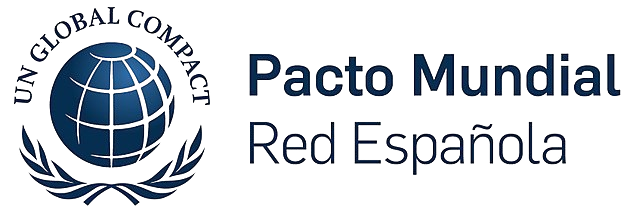








7 Best Software Solutions for Water Footprint Management (ISO 14046)
We compare the top tools for measuring water footprint in compliance with ISO 14046 and explain why Manglai leads the list.
05 November, 2025
Practical Guide to Life Cycle Assessment (LCA) for the Construction Sector
Learn How to Apply Life Cycle Assessment (LCA) in construction: Phases, benefits, and practical examples for sustainable design.
03 November, 2025
7 Best Software Tools to Measure Carbon Footprint
Discover the best software for calculating your carbon footprint. We compare Manglai with other leading international tools.
27 October, 2025
Guiding businesses towards net-zero emissions through AI-driven solutions.
© 2025 Manglai. All rights reserved
Política de Privacidad